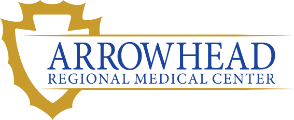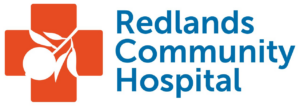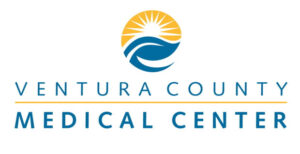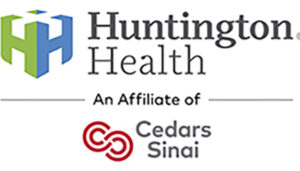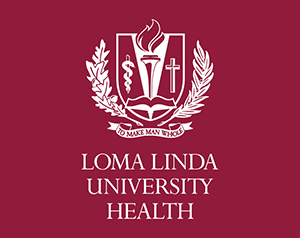My Specialty
RN First Assistant, Bobbie Barraza, MemorialCare, Long Beach Medical Center
Performing surgical procedures independently
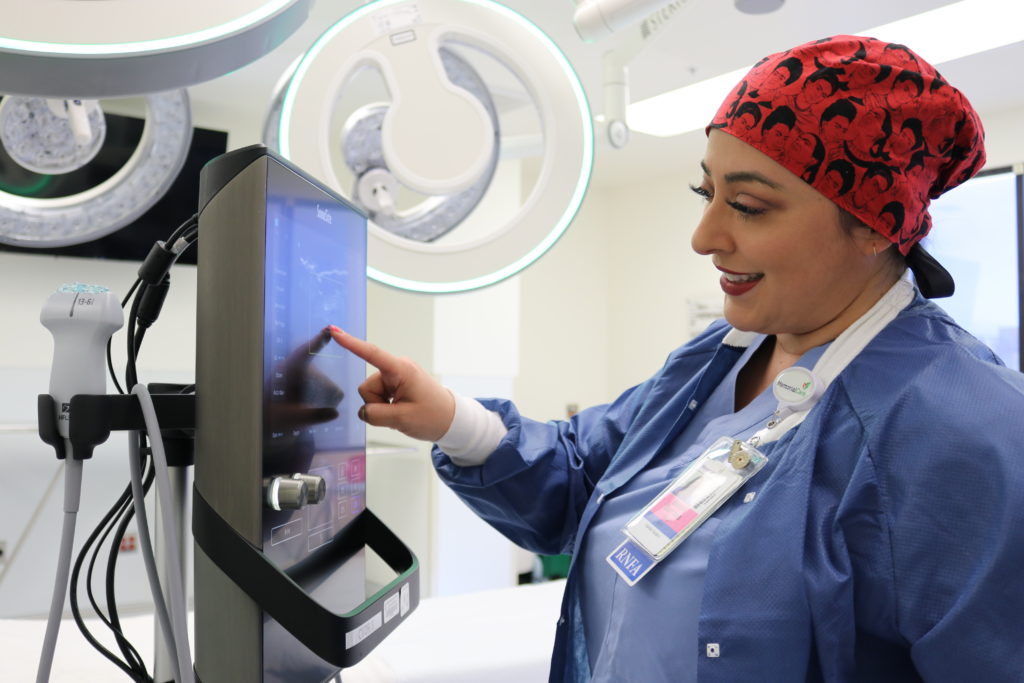
Bobbie Barraza, RN, BSN, BBA, CNOR, CRNFA
Cardiovascular Operating Room
Certified Registered Nurse First Assistant and Resource Coordinator
MemorialCare Medical Group — Long Beach Medical Center
Tell us about your position and responsibilities.
As a certified registered nurse first assistant (CRNFA) in cardiovascular and thoracic surgery, I assist the surgeon during surgery by manipulating tissue, suturing, retracting, etc.
I also perform my own surgery, in which I endoscopically harvest the saphenous vein and prepare the vessel for bypass while the surgeon prepares the thoracic area for the procedure; we work in tandem.
How many hats do you wear during one workday?
On any given day, I serve in four distinct roles: CRNFA, resource coordinator, scrub nurse and circulating nurse. I basically provide whatever the patient, the case and the unit need at any given time. In my position, you honestly have to know everything about each of those roles and be able to step in at a moment’s notice.
Was this something you always wanted to do?
This was very much my dream. As a nursing student, I did an operating room rotation for just one day and knew right then that the OR was for me.
However, I never in a million years thought that I would actually have the opportunity because it’s so intense and such a competitive specialty to break into. I was an ICU nurse and I really enjoyed it, but I learned that if a chance to land a spot in a perioperative program comes along, I needed to seize the opportunity because it won’t come around very often.
So, it’s all about carpe diem and just going for it if you know you want it.
Yes, exactly, and that’s what I did.
Tell us about your career path.
After I graduated from nursing school, I wanted to be accepted into a high-quality perioperative program, so I waited until one was hiring. I worked first on a surgical stepdown unit, and then moved to ICU. In the meantime, I figured the experience of caring for post-surgical transplant patients would serve me well in the OR.
You broke some new ground at MemorialCare, didn’t you?
I did — I was the first cardiac RNFA hired on staff in the organization’s history. It’s been very exciting for me, since it’s helping to pioneer and pave the way for other RNFAs. This role is fairly unique to MemorialCare; many facilities don’t utilize RNFAs. I’m very proud that MemorialCare has us in the main operating room and the cardiovascular operating room (CVOR).
What I really like about my position in the CVOR is that my team is very supportive of one another. I have the resources I need to provide true patient-centered care. My team is highly specialized, and every single member can be counted on to know exactly what to do. We’re always one step ahead, and everyone always wants to pitch in and help.
What else do you find unique and exciting about this role?
Our team is very focused on the latest evidence, paying close attention to new developments and breakthroughs.
We’ve recently been building our expertise in performing hybrid procedures, which are cutting-edge approaches that allow us to perform minimally invasive surgery. (The “hybrid” aspect is that we have a super-high-tech room that fully integrates the cardiac OR and the cath lab.)


